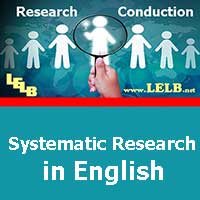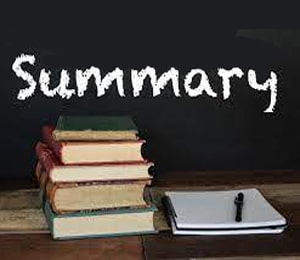Acknowledgements
Acknowledgements is a section in which people who have helped with the research are thanked.
Researchers often wish to thank:
- Their participants
- Any colleague who may have read earlier drafts of the work and offered suggestions or feedback
- Any assistant, including students, colleagues, or co-workers, who may have helped with data collection, materials development, transcribing, coding, or library work
- Any consultant who may have helped with statistics or ideas.
It includes around 110 to 160 words.
Mention first names, and then last names (e.g., Mr. John Smith).
You can use these sentences and phrases:
- I would like to take this chance and express my deep gratitude towards sb for sth.
- I should acknowledge sb as sth.
- You urged me to keep going even when the going got pretty rough.
- (many) Thanks go to sb and sb as my cheerleaders.
- You have all been my sustenance throughout the painstaking process.
- I will share this degree with all of you.
- It was throughout his infinite advice, words of wisdom, and patience that this enormous endeavor was made possible.
- (special/many) Thanks to sb for sth.
- This project could never have been possible without your professional guidance.
- Many thank-yous are due sb for sth.
- I appreciate sb/I should show my appreciation to sb for sth.
- I am genuinely grateful/thankful to sb for sth.
Where to Place your Acknowledgements?
In your thesis or dissertation, you should place your Acknowledgements after Abstract and before Table of Contents.




We respond to all comments immediately. View the 30 newest comments and new topics in forums.